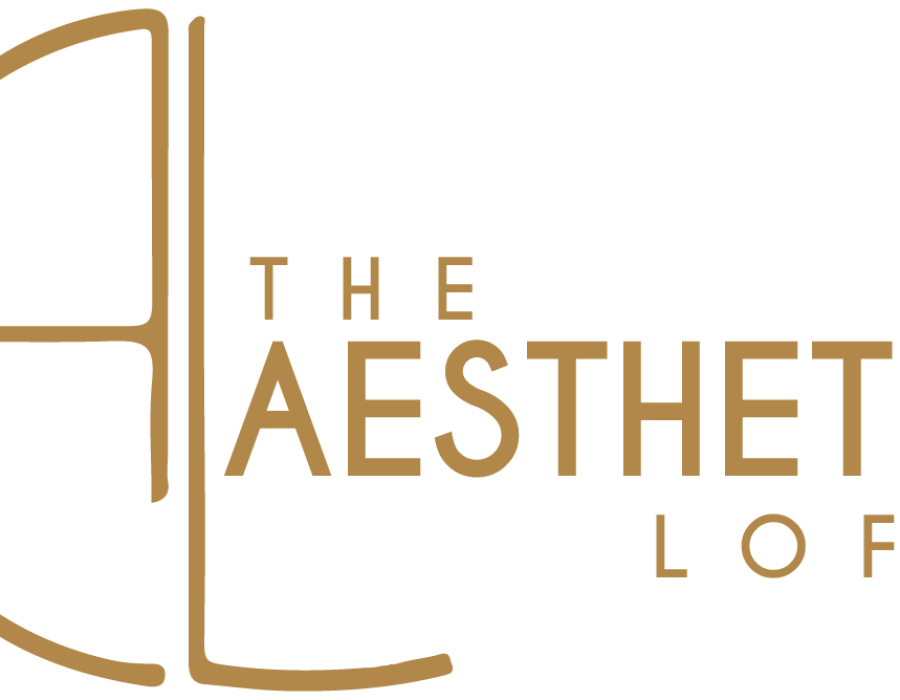When it comes to nasal issues, a combination of Rhinoplasty and Septoplasty, known as Combined Rhinoplasty and Septoplasty, offers a comprehensive solution. Rhinoplasty focuses on reshaping the external nose for cosmetic reasons, while Septoplasty addresses internal nasal structure issues, particularly a deviated septum. This article explores the intricacies of this combined procedure, shedding light on its importance and benefits.
Types and Categories
Traditional Rhinoplasty vs. Combined Rhinoplasty and Septoplasty
Traditional Rhinoplasty treatment solely concentrates on altering the external appearance of the nose, enhancing its aesthetic appeal. In contrast, Combined Rhinoplasty and Septoplasty integrate both cosmetic enhancements and functional corrections, ensuring an improved nasal appearance along with restored breathing function.
Open vs. Closed Rhinoplasty Techniques
Open Rhinoplasty involves making an incision across the columella, the strip of tissue separating the nostrils, providing better visibility and access for complex cases. Closed Rhinoplasty, on the other hand, involves incisions made inside the nostrils, resulting in no external scarring.
Functional vs. Cosmetic Septoplasty
Functional Septoplasty focuses on correcting nasal obstruction caused by a deviated septum, aiming to improve airflow and alleviate breathing difficulties. Cosmetic Septoplasty addresses both functional concerns and cosmetic imperfections of the septum, ensuring a harmonious nasal appearance.
Symptoms and Signs
Nasal Obstruction
One of the primary symptoms indicating the need for Combined Rhinoplasty and Septoplasty is nasal obstruction. Patients often experience difficulty breathing through one or both nostrils due to structural abnormalities within the nose.
Deviated Septum
A deviated septum, characterized by the displacement of the nasal septum from the center, can lead to breathing problems, chronic sinus issues, and snoring. Combined Rhinoplasty and Septoplasty can effectively correct this deviation, restoring nasal function.
Cosmetic Nasal Deformities
Apart from functional concerns, individuals may seek Combined Rhinoplasty and Septoplasty to address cosmetic nasal deformities such as a dorsal hump, bulbous tip, or asymmetrical nostrils, enhancing facial harmony and self-confidence.
Causes and Risk Factors
Trauma
Traumatic injuries to the nose, resulting from accidents or sports-related activities, can lead to structural deformities and breathing difficulties, necessitating Combined Rhinoplasty and Septoplasty for correction.
Genetics
Genetic predispositions may contribute to nasal irregularities such as a deviated septum or nasal asymmetry, prompting individuals to seek surgical intervention for both functional and aesthetic reasons.
Aging
As individuals age, nasal structures may weaken or undergo changes, leading to nasal obstruction or cosmetic concerns. Combined Rhinoplasty and Septoplasty offer a solution to address these age-related nasal issues.
Congenital Conditions
Some individuals are born with congenital nasal abnormalities, such as a cleft lip and palate or craniofacial syndromes, requiring surgical intervention, including Combined Rhinoplasty and Septoplasty, for correction and improvement of nasal function and appearance.
Diagnosis and Tests
Physical Examination
During the initial consultation, a plastic surgeon or otolaryngologist conducts a thorough physical examination of the nose, assessing both external appearance and internal nasal structures to determine the need for Combined Rhinoplasty and Septoplasty.
Nasal Endoscopy
Nasal endoscopy allows for a detailed evaluation of the nasal cavity, providing insights into the extent of septal deviation, presence of nasal polyps, or other abnormalities that may warrant surgical intervention.
Imaging Studies (CT Scan, MRI)
Advanced imaging studies such as CT scans or MRIs may be recommended to obtain detailed three-dimensional images of the nasal structures, aiding in surgical planning and assessment of functional and aesthetic concerns.
Treatment Options
Surgical Approach
Combined Rhinoplasty and Septoplasty is typically performed under general anesthesia and involves reshaping the external nose while straightening and repositioning the nasal septum to improve both form and function.
Non-Surgical Options
In some cases, non-surgical interventions such as injectable fillers or BOTOX®️ may be recommended to address minor cosmetic concerns or asymmetries without the need for invasive surgery.
Recovery Process
Following Combined Rhinoplasty and Septoplasty, patients undergo a recovery period during which they may experience swelling, bruising, and nasal congestion. Adhering to post-operative instructions and attending follow-up appointments are crucial for optimal healing and results.
Preventive Measures
Protective Measures Post-Surgery
After Combined Rhinoplasty and Septoplasty, patients are advised to avoid strenuous activities, protect the nose from trauma, and adhere to prescribed medications to minimize complications and promote proper healing.
Lifestyle Changes to Maintain Results
Maintaining nasal health and surgical results involves adopting healthy lifestyle habits such as avoiding smoking, practicing proper nasal hygiene, and protecting the nose from injury or sun exposure.
Conclusion
Combined Rhinoplasty and Septoplasty present a valuable treatment option for individuals seeking to address both functional and cosmetic nasal concerns. By combining the expertise of plastic surgeons and otolaryngologists, this procedure offers comprehensive benefits, including improved nasal function, enhanced aesthetics, and increased self-confidence. For those considering nasal surgery, consulting with a qualified surgeon is the first step toward achieving optimal results and a better quality of life.





Comments